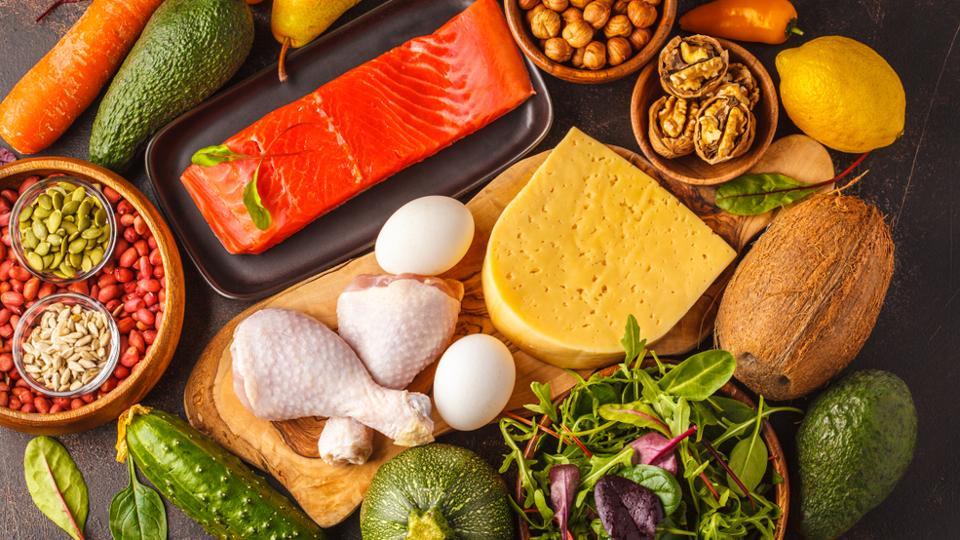What the Heck is the Mediterranean? Everything You Need to Know…
- By
- on
- in Diet
Eating this way means you also have little room for processed fare. When you look at a plate, it should be bursting with color; traditional proteins like chicken may be more of a side dish compared with produce, which becomes the main event.
One thing you’ll find people love about the Mediterranean diet is the allowance of low to moderate amounts of red wine. “Moderate” means 5 ounces (oz) or less each day (that’s around one glass). It’s worth noting, though, that a daily glass of wine is not mandatory on this eating plan, and if you don’t already drink, this allowance isn’t a directive to start.
 JUST RELEASED: New Video Reveals How Low Body Core Temperature Can Cause Unwanted Weight Gain! >>> CLICK HERE <<< to Watch the Presentation Before it’s Removed!
JUST RELEASED: New Video Reveals How Low Body Core Temperature Can Cause Unwanted Weight Gain! >>> CLICK HERE <<< to Watch the Presentation Before it’s Removed!How Does the Mediterranean Diet Work Exactly?
What Are the Potential and Known Health Benefits of the Mediterranean Diet?
Can Following the Mediterranean Diet Help With Weight Loss?
As a traditional way of eating for many cultures worldwide, the Mediterranean diet wasn’t designed for weight loss. It just so happens that one of the healthiest diets around the globe is also good for keeping your weight down.
A Detailed Mediterranean Diet Food List to Follow: What to Eat and Avoid
When you’re looking to start to follow the Mediterranean diet, you’ll rely heavily on the following foods. While this is not a calorie-counting plan, we’ve included nutrition stats for your reference:
Olive Oil
Per Tablespoon Serving 120 calories, 0 grams (g) protein, 13g fat, 2g saturated fat, 10g monounsaturated fat, 0g carbohydrate, 0g fiber, 0g sugar
Tomatoes
Per 1 cup, Chopped Serving 32 calories, 1.5g protein, 0g fat, 7g carbohydrates, 2g fiber, 5g sugar
Salmon
Per 1 Small Fillet 272 calories, 44g protein, 9g fat, 0g carbohydrates, 0g fiber
Walnuts
Per 1 oz (14 Halves) Serving 185 calories, 4g protein, 18g fat, 2g saturated fat, 3g monounsaturated fat, 13g polyunsaturated fat, 4g carbohydrate, 2g fiber, 1g sugar
Chickpeas
Per ½ Cup Serving 160 calories, 10g protein, 2g fat, 26g carbohydrate, 5g fiber
Arugula
Per 1 Cup Serving 5 calories, 0.5g protein, 0g fat, 1g carbohydrate, 0g fiber, 0g sugar
Pomegranate
Per ½ Cup Serving (Arils) 72 calories, 1.5g protein, 1g fat, 16g carbohydrates, 4g fiber, 12g sugar
Lentils
Per ½ Cup Serving 115 calories, 9g protein, 0g fat, 20g carbohydrate, 8g fiber, 2g sugar
Farro
Per ¼ Cup (Uncooked) Serving 200 calories, 7g protein. 1.5g fat, 37g carbs, 7g fiber, 0g sugar
Greek Yogurt
Per 7 oz Container (Low-Fat Plain) 146 calories, 20g protein, 4g fat, 2g saturated fat, 1g monounsaturated fat, 0g polyunsaturated fat, 8g carbs, 0g fiber, 7g sugar
Are You Up for the 28-Day Keto Challenge?


What Are the Pros and Cons of a Mediterranean Diet?
When you’re deciding whether a Mediterranean Diet is right for you, consider these pros and cons:
Pros
It’s easy to stick with. A diet works only if it’s doable. That means everyone in your family can eat it and you can eat in this style no matter where you go (to a restaurant for dinner, to a family event). With its flavors and variety of foods that don’t cut out any food group, this is one such eating plan. “It is an appealing diet that one can stay with for a lifetime,” Cohen says.
You can eat what you love. It’s evident that with such a variety of whole, fresh foods available to you as options, it’s easy to build meals based on the diet. And you don’t have to eliminate your favorites, either. They may require just some tweaks. For instance, rather than a sausage and pepperoni pizza, you’d choose one piled high with veggies. You can also fit in a lot of food into one meal. Filling up on fresh foods like fruit and vegetables will allow you to build volume into meals for fewer calories.
It’s low in saturated fat. You’re not going to feel hungry eating this way, because you can build in a variety of healthy fats. But by limiting large amounts of red or processed meats and relying heavily on monounsaturated fatty acids, like avocado, nuts, or olive oil, you’ll keep saturated fat levels low. These fats don’t lead to high cholesterol the same way saturated fats do. Healthful sources of fat include olive oil, fish oils, and nut-based oils, Cohen explains.
Cons
You have to find time to cook. While you don’t have to spend hours in your kitchen, you will need to cook because the diet is all about working with delicious fresh food. You may have a learning curve as you build these skills.
What Are the Potential Short- and Long-Term Effects of a Mediterranean Diet?





